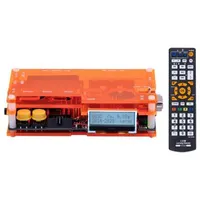This upscaler is a key part of my retro console setup, and Prime Day just made it more affordable
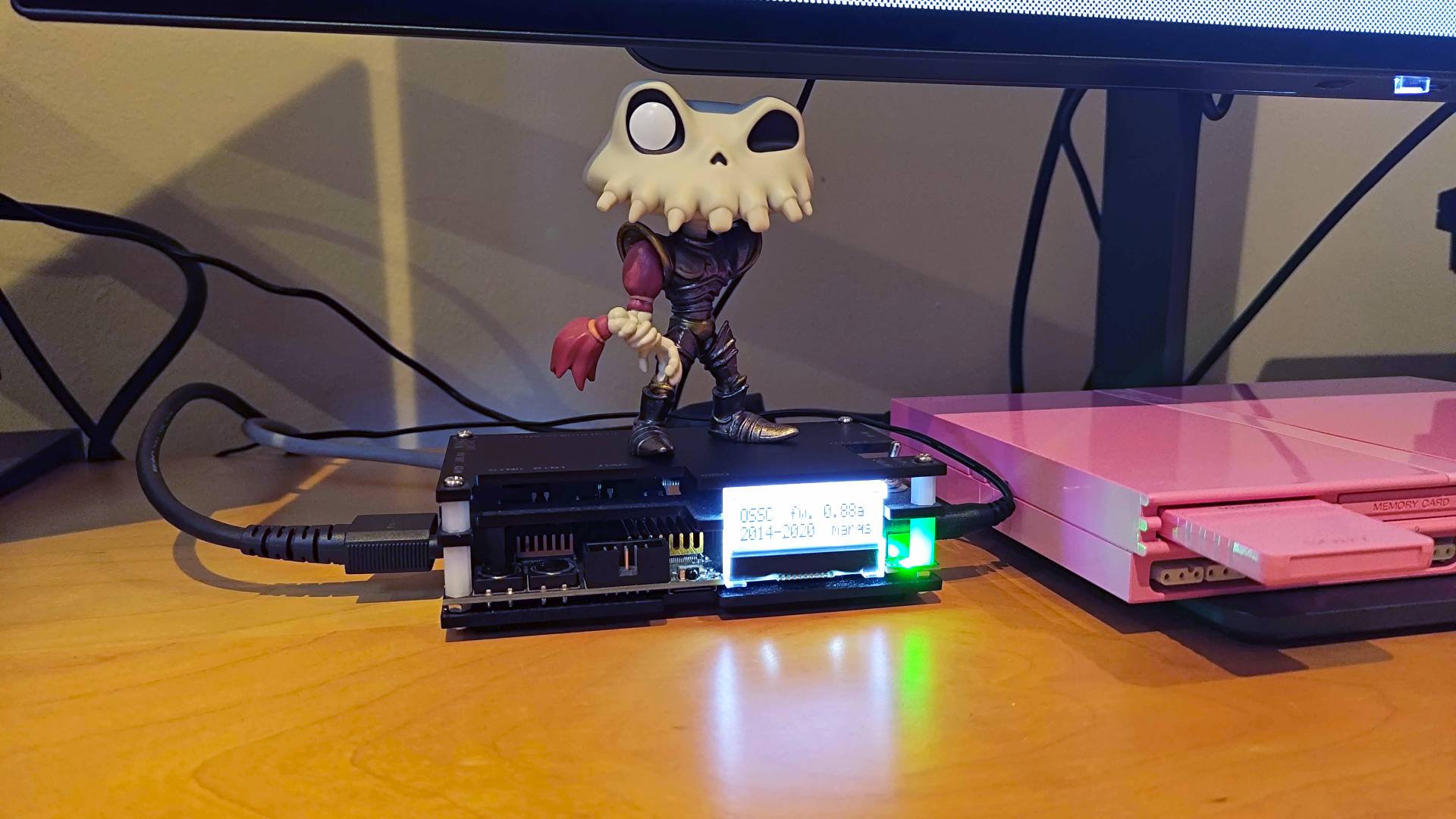
Whenever I invite pals over to my game loft, I end up getting accused of retro console witchcraft. The reason? Well, apparently, all my systems look way too nice on modern monitors, and they seem to think I've made a pact with some sort of high definition demon. I'd love to say that's true, but the real secret to my pretty pixels is my choice of HDMI upscaler, and it just so happens to be cheaper for Prime Day.
This isn't the first time I've shouted at the internet to pick up an OSSC, and it certainly won't be the last. However, if you take advantage of Amazon's Prime Day event, you'll be able to grab one for $111.92, which just so happens to be its lowest price. To the untrained eye, that might sound like an investment, but it's actually a fair price to pay for an upscaler that'll help the best retro consoles look better than ever.
Mcbazel OSSC retro gaming upscaler | $139.90 $111.92 at Amazon
Save $27.98 - Thanks to Prime Day, you can now pick up one of the best upscalers for retro consoles out there for less. This is the price I expect to see during sale events, but it's always nice to see it dip back to its lowest. If you've been looking for a way to enhance your NES, SNES, Sega Genesis, PS1, or various other old systems, this is the gadget you seek.
Before adding the OSSC to your setup, you'll want to check out how to connect retro consoles to modern TVs. My guide will run you through exactly what you'll need to get started, including the right cables for your systems and additional gadgets that'll let you use old composite cables. The quick TL;DR is that you'll be feeding the upscaler a clean RGB signal that it will then enhance using line-doubling techniques, resulting in sharper, more vibrant visuals.
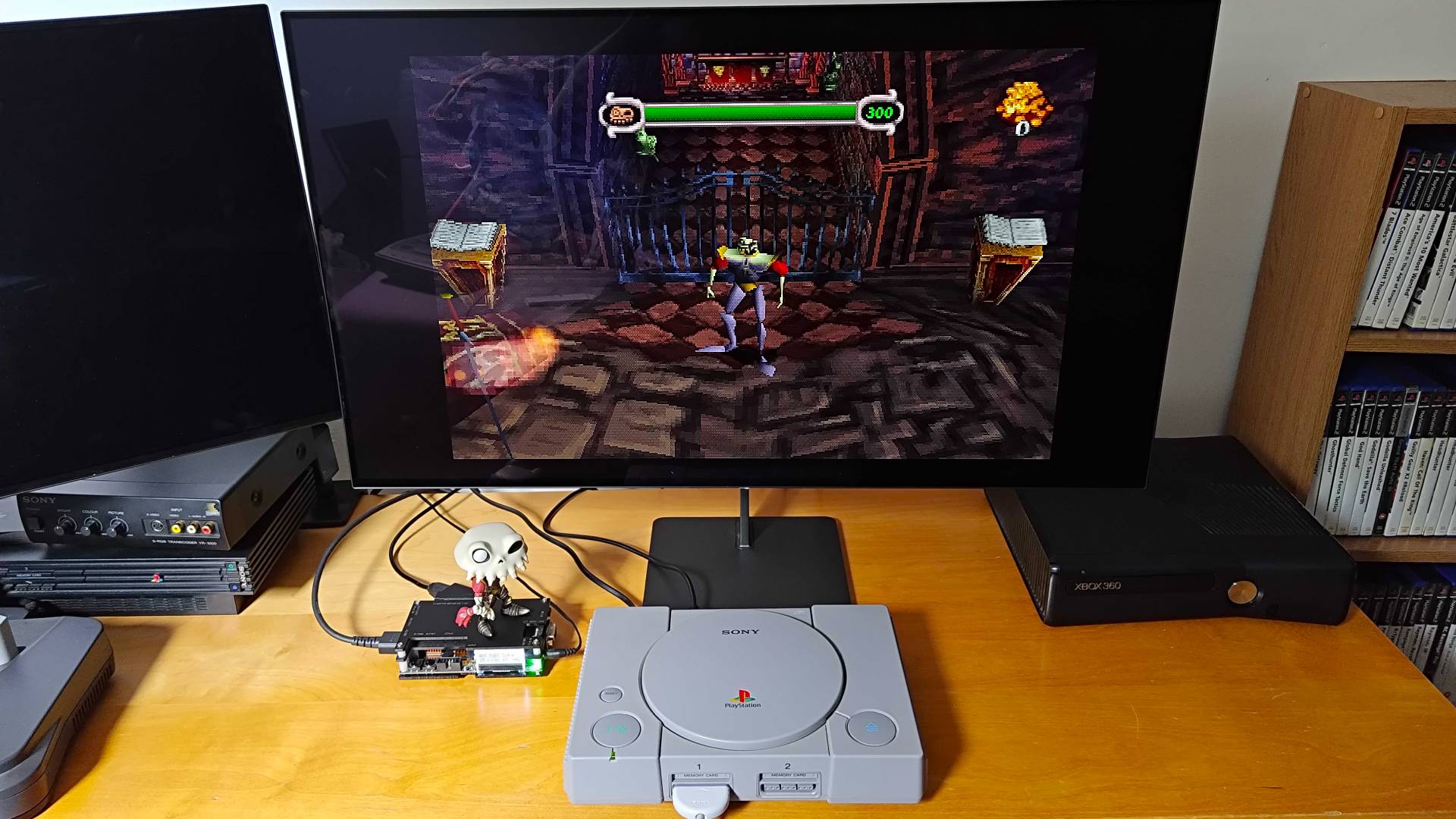
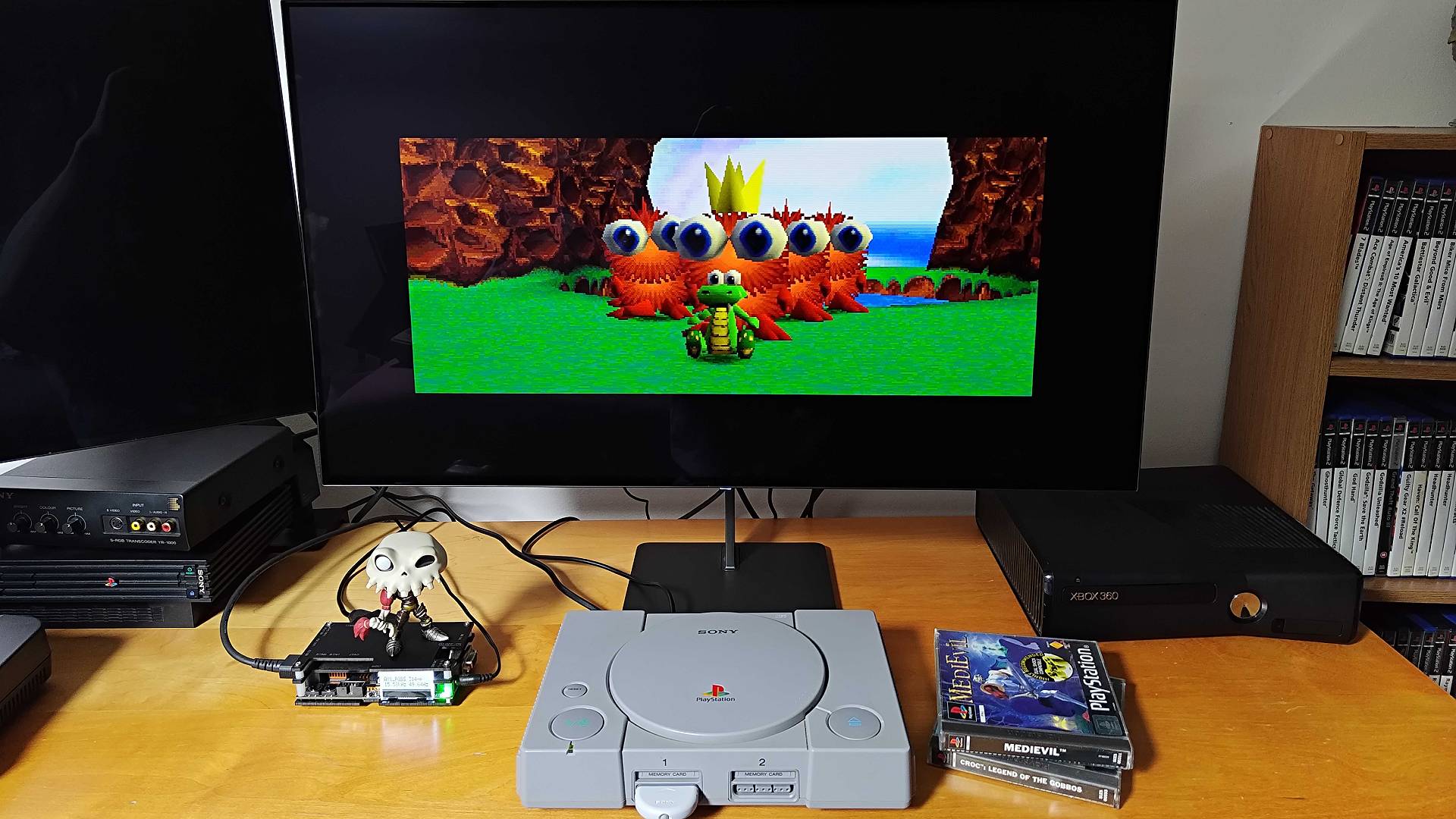
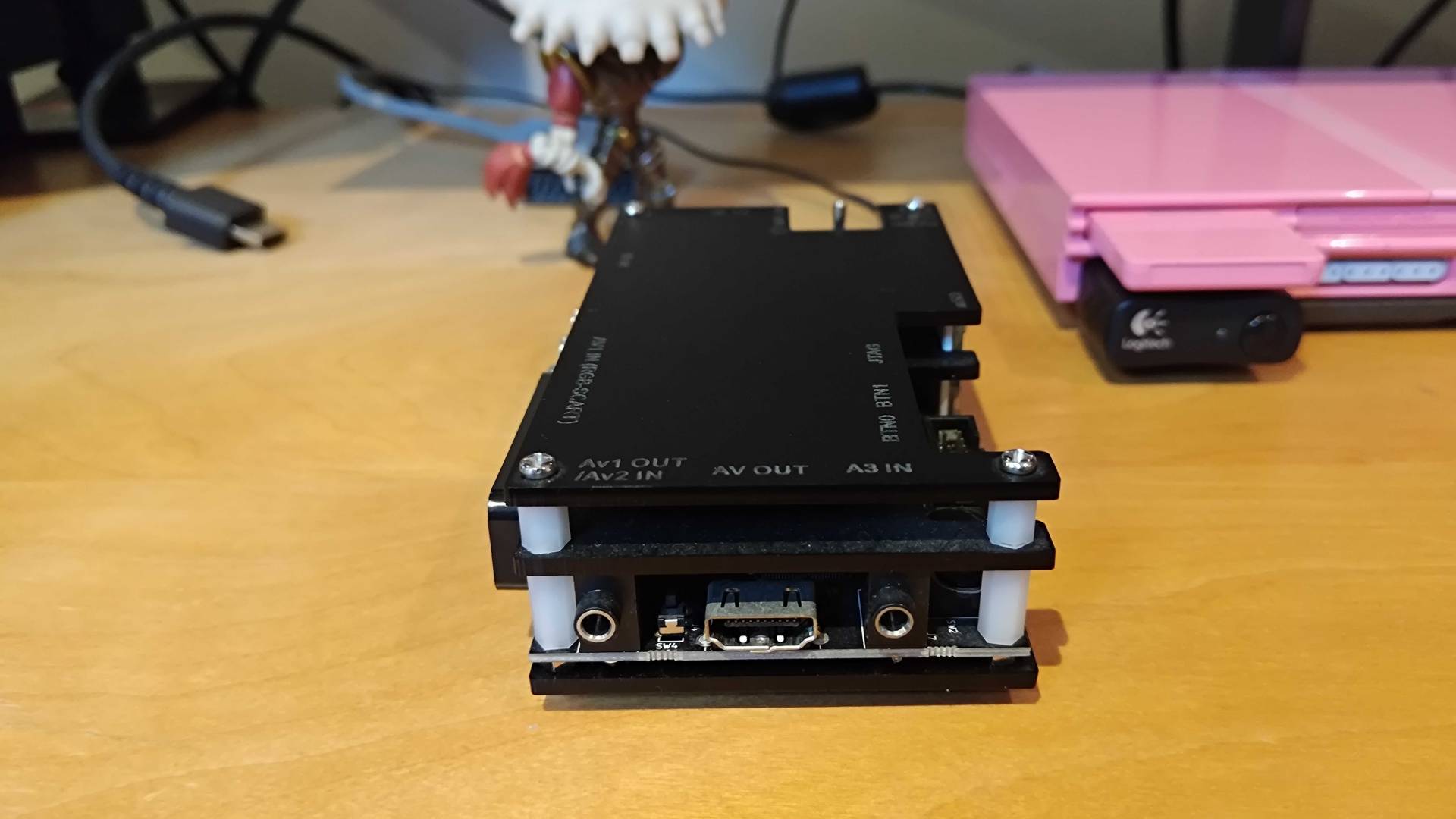
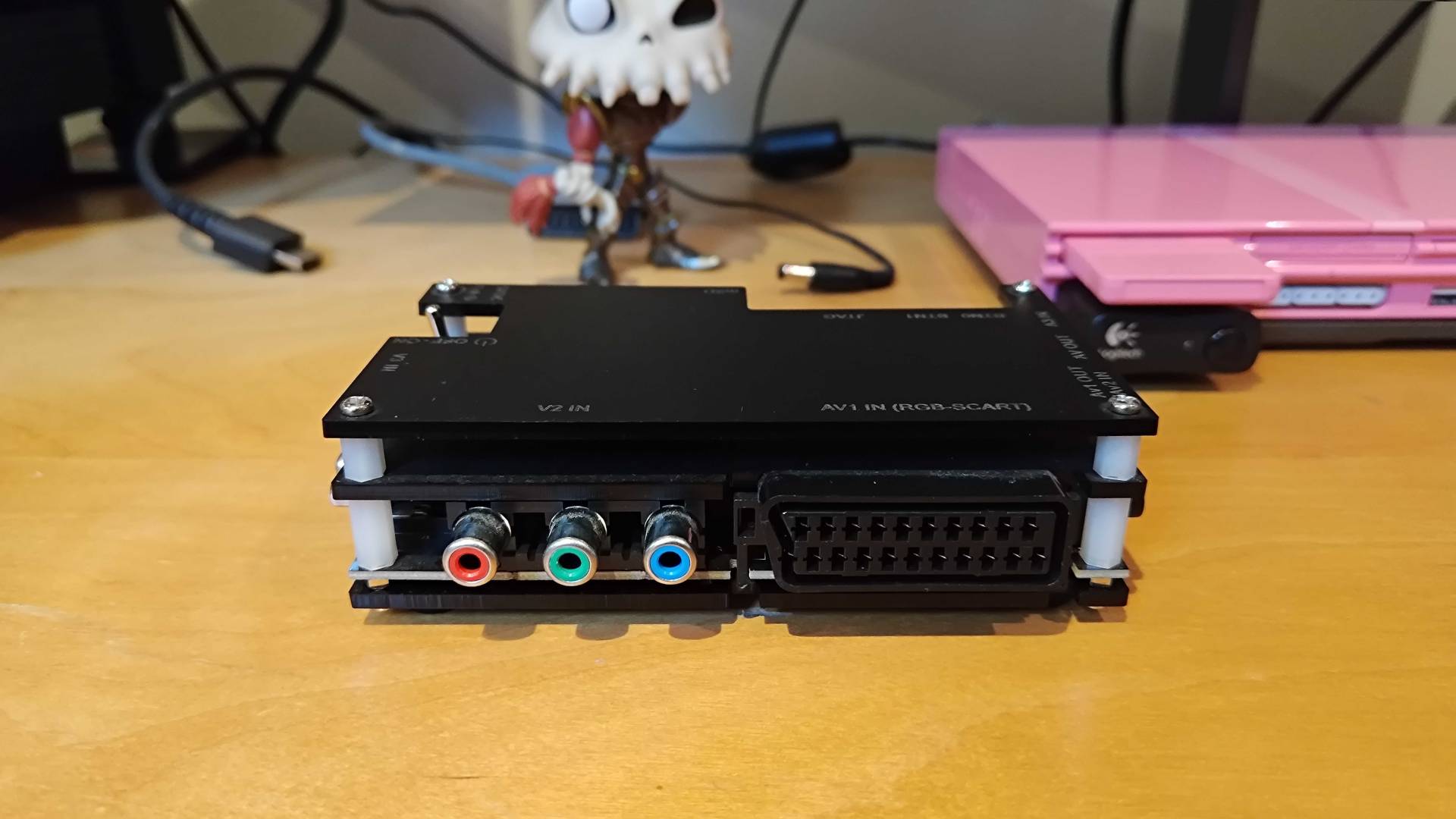
Technically speaking, the OSSC (Open Source Scan Converter) is a line doubler rather than a traditional upscaler. By that, I mean it duplicates horizontal pixels to increase resolution, in turn avoiding traditional lag and artifacting issues with cheaper options. The device is both extremely easy to use and offers a vast array of settings for enthusiasts, and its menu is something of a retro perfectionist rabbit hole.
I could go on about how you can dial in profiles for specific consoles and tweak extremely technical sync settings. But, most of you are likely new to the world of retro console setups, so instead of all that, I'll give you a rundown of what the upscaler can do for a pink PS2 Slim (the champion's choice of console).
Sony's second system can send an RGB signal through a SCART cable straight to the OSSC. That then allows the line doubler to increase its resolution to "HD" while maintaining the right aspect ratio, adding scanlines for a CRT effect, and even eliminating shaky visuals tied to the console's interlacing.
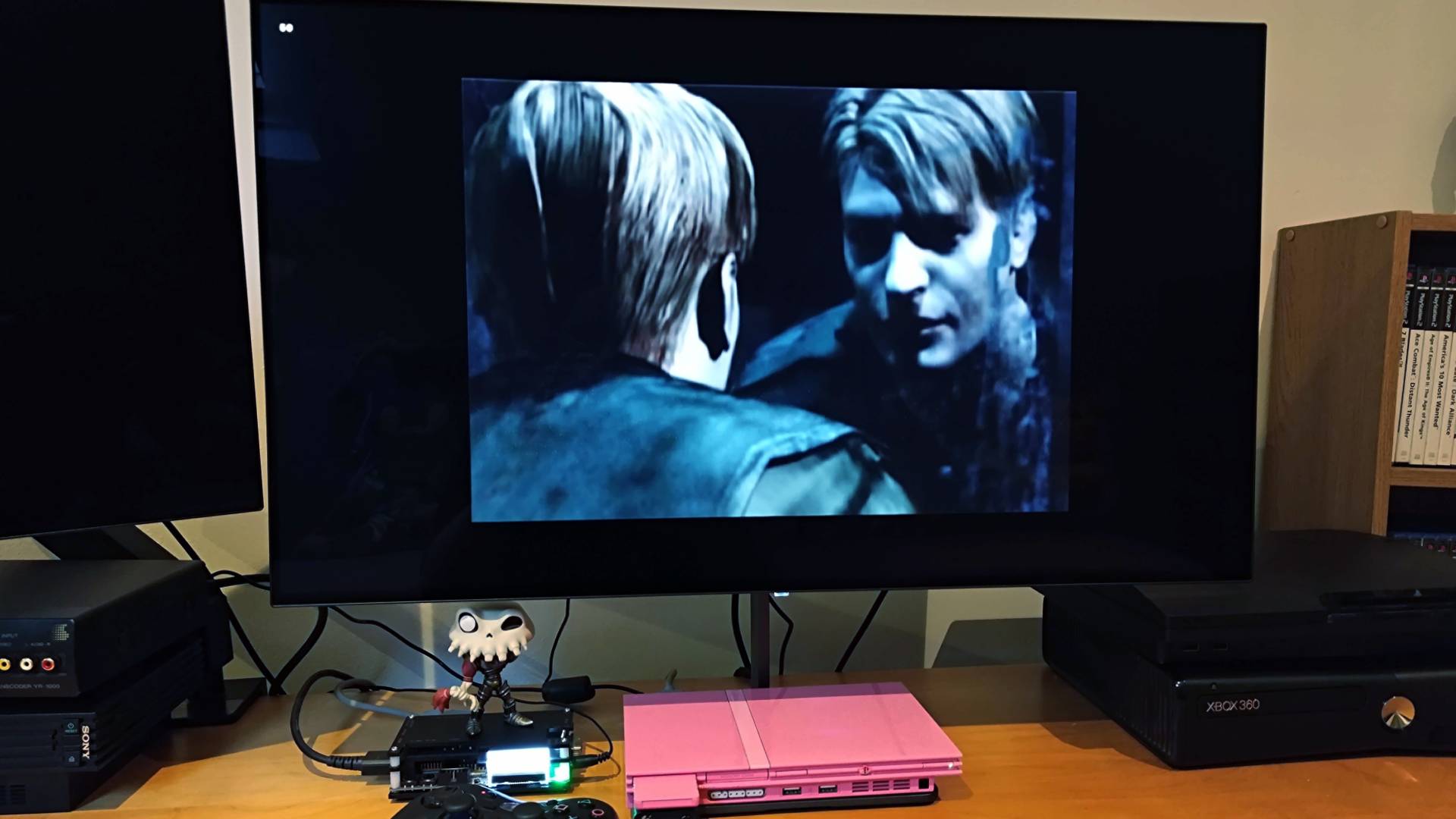
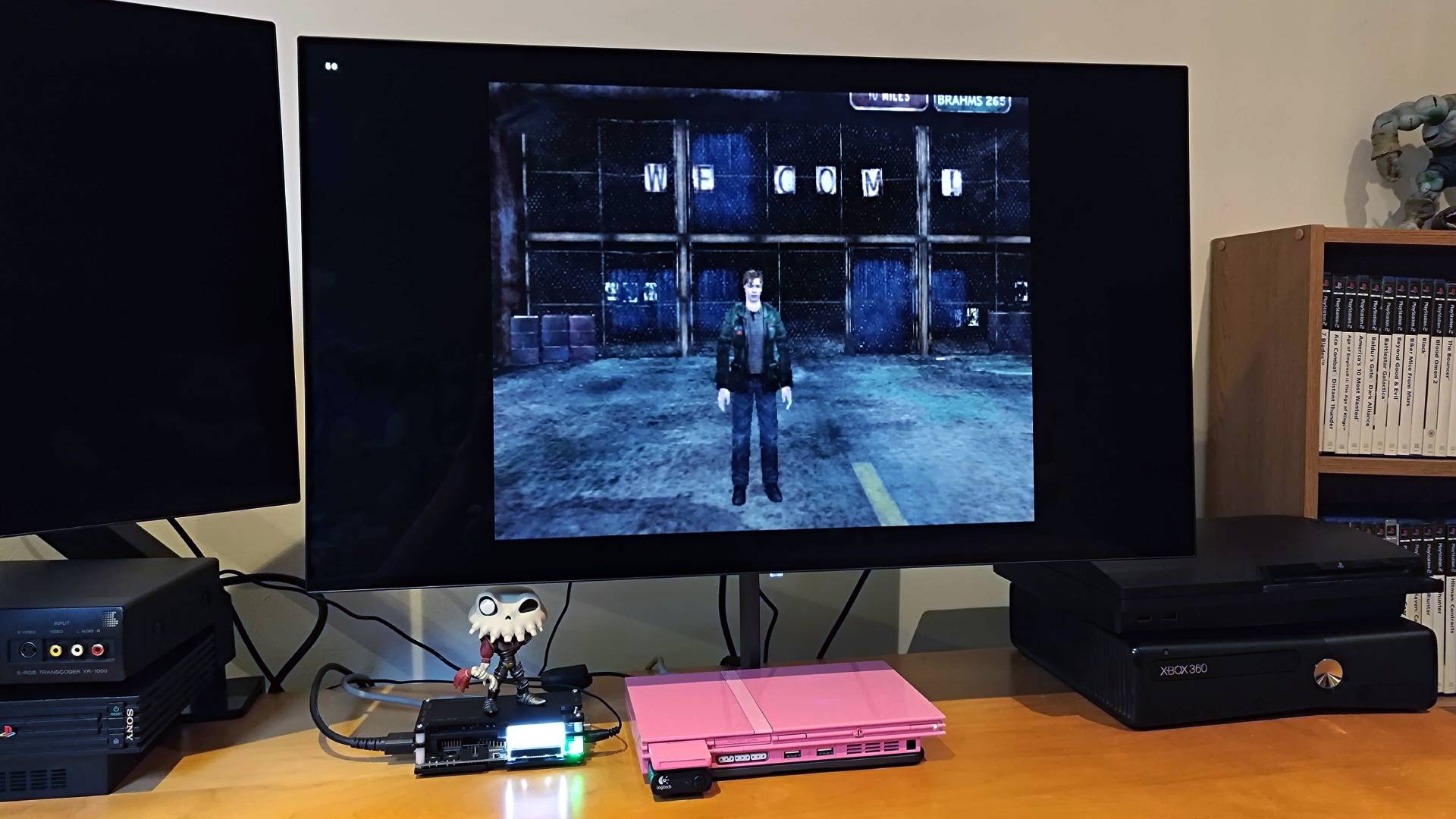
The end outcome is transformed visuals that are scaled correctly, boast excellent vibrancy, and increase sharpness as much as possible. The PlayStation 2 can look especially rough on modern screens due to interlacing, but the OSSC helps the console look outstanding on something like the Dough Spectrum Black 32.
The spooky season is fast approaching, and I'm planning to revisit plenty of horror classics across the PS1 and PS2. I've got no doubt that the OSSC will help make the experience feel more special, and being able to play on original hardware rather than using emulation means I can do daft things like use a Resident Evil gun-shaped controller.
Is the OSSC a retro gaming silver bullet? Well, not exactly, as you'll still need to spend a pretty penny for 4K upscaling and other fancy resolution features. What it will do, though, is provide an all-in-one solution for playing old games over HDMI with sharp visuals, and it's one of the best purchases you can make this Prime Day if you love classic capers.
Looking for more savings? Swing by Prime Day monitor deals for display discounts and Prime Day gaming PC deals for rig price cuts. You'll also want to peek at Prime Day Nintendo Switch deals if you're looking to play on the go
Weekly digests, tales from the communities you love, and more

Phil is the Hardware Editor at GamesRadar and joined the team in 2023. In the past, they've also contributed to the likes of TechRadar, The Daily Star, the BBC, and PCGamesN, but these days, they specialize in testing the latest gaming handhelds, monitors, TVs, and PC components. They're also extremely nerdy about retro consoles and playing the classics on both new and old systems.
You must confirm your public display name before commenting
Please logout and then login again, you will then be prompted to enter your display name.
